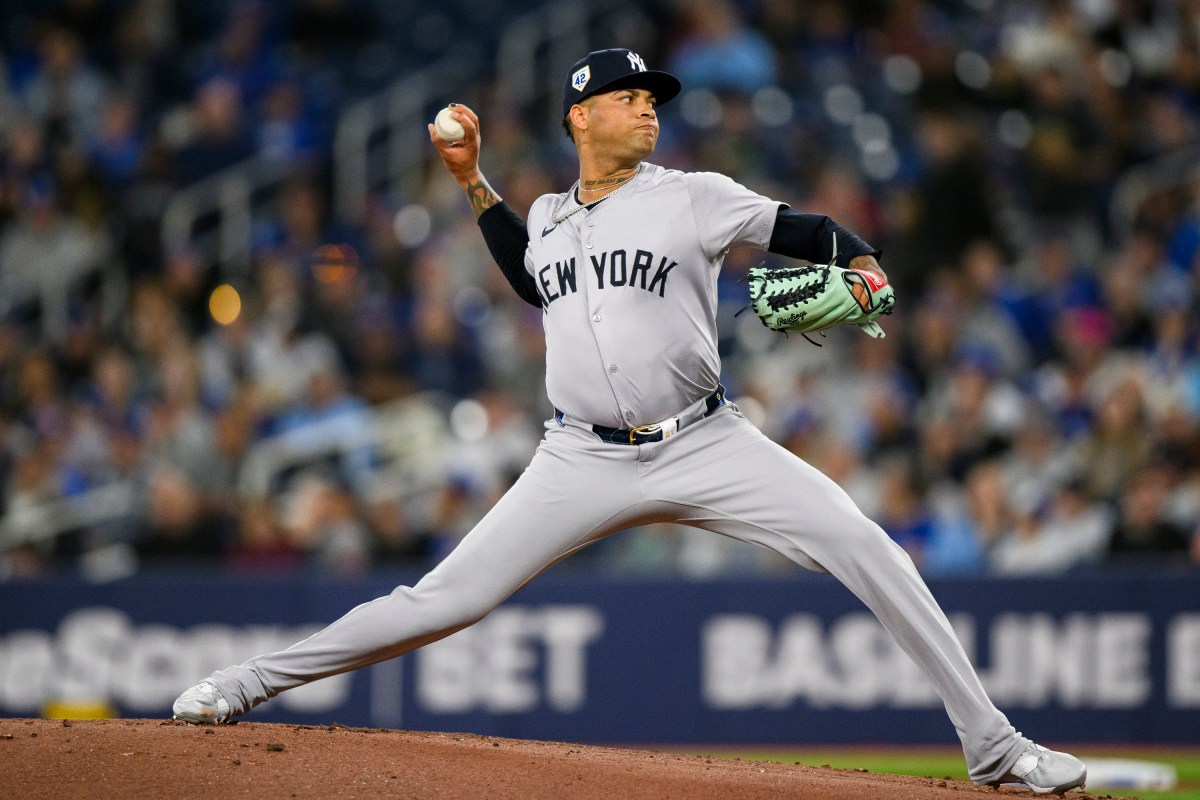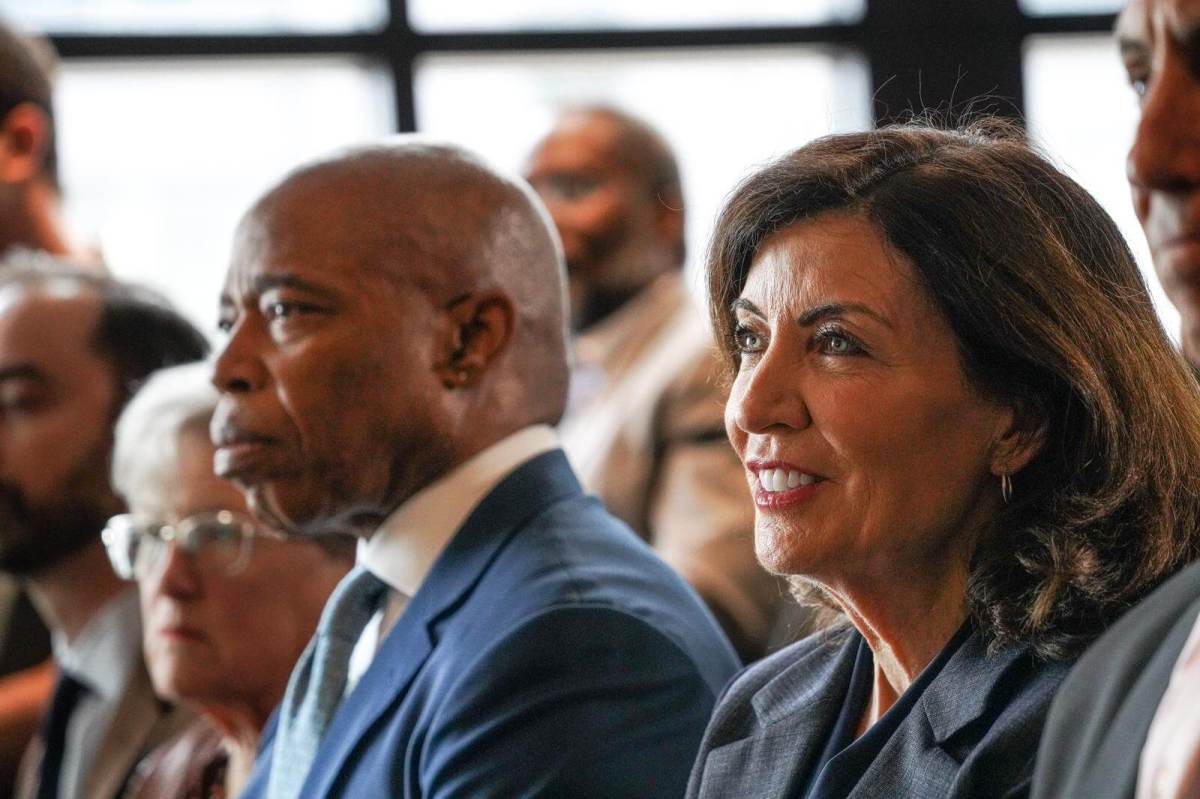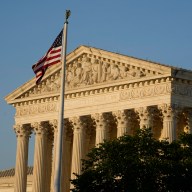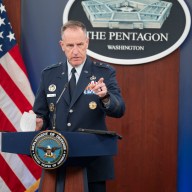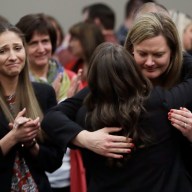Before we get into it, Joshua Oppenheimer apologizes for the length of his press notes. He shouldn’t have to. His new film, “The Look of Silence,” like its preceding companion film, 2012’s “The Act of Killing,” is a film that details much that is alien to most Westerners: namely the 1965 Indonesian genocide, in which the new military government hired paramilitary and gangsters to wipe out any and all communists. They wound up with a death toll of a million, if not higher. The perpetrators were never punished, and as such didn’t feel too odd about letting an American filmmaker film them as they bragged about their often unspeakably grisly war crimes. Oppenheimer spent a decade in Indonesia, quietly filming dozens of perpetrators. He made “The Look of Silence” in between finishing “Killing” and its release, when it sent shockwaves across Indonesia — and effectively ensured he could not return. This new film is effectively the inverse of its sister: it looks at survivors, namely Adi Rukun, the brother of a victim, as he brazenly — but respectfully and patiently — confronts a series of perpetrators, and sometimes their families. Despite the gravity of what we’re talking about, Oppenheimer is a warm and even funny presence. As he launched into epic, articulate responses he would move restlessly around in his rolling chair, as though in a dance — and eager to not simply repeat the press notes in different words. Like “The Act of Killing,” “The Look of Silence” immerses the viewer in a specific part of a larger story. And it’s not a typical documentary look at an issue.
It’s not a documentary where what happened is being explained, and equally it’s not a survey of the experiences of survivors, where the filmmaker may feel the responsibility of showing the experiences of two, three, four families, so you can understand what constitute typical experiences. Those would be moments of abstraction, where the viewer would distance themselves from the film because they’re constructing a typical narrative in their head. Instead I try to immerse you, singularly, in one family and make the film bigger, ironically, by being more microscopic — by making Adi feel like he could be your brother, or Adi’s children your children, or Adi’s parents your parents or grandparents, so you can feel this family as your family. I want you to focus very precisely on different kinds of silences haunting the spaces — the silences in which shame and guilt and fear of guilt and defensiveness reside. These are very human reactions that are being articulated in the dialogues scenes between the perpetrators and Adi. Then you see the traces of what a life of silence and fear has left in Adi’s family, such as the wrinkles on his mother’s forehead. I wanted to find precise ways of filming that and using this invisible thing: silence, and particularly the silence that is borne of fear, which is based on terror but also with which survivors, particularly this family, have found a grace and love. I wanted to make that visible but to make it something you don’t see and understand but feel. RELATED: “The Look of Silence” review: a revolutionary look at how we treat evil In addition to exploring this subject from the other side, “The Look of Silence” adopts an entirely different stylistic approach and tone than “The Act of Killing.” This is surely by necessity, but I was hoping you could discuss how these two films contrast and connect with each other. I think the form of the film has to reflect what the film is about. These two films are exploring precisely complimentary aspects of present day impunity. … “The Act of Killing,” in the director’s cut, which is the uncut version, being a film about escapism and guilt, it becomes a kind of fever dream. Yet throughout it’s cut through by these moments of absolute silence, when time stops or shifts. In these haunted spaces are these abrupt cuts to these silent landscape shots, usually inhabited by one figure, two figures, surrounded by rubble, sometimes in shopping malls. These are abrupt shifts in the perspective of the film from the perpetrators to the absent dead who haunt the whole film. And in “The Look of Silence,” I wanted to draw the viewer into any of these haunted silences that cut through and make the viewer feel what it would be like to live surrounded by the perpetrators. There’s an incredible bravery Adi and you and your crew had to confront men to their faces for crimes they committed, and men who still have ties to the reigning powers. How did you will yourself into doing something that could potentially be dangerous? People see the film and think that we did all this with singular determination and bravery. But actually, of course, nonfiction films are not like that. It’s an exploration. You don’t know what you’re going to get. In this case, Adi was able to convince me we should confront the perpetrators, and since I was believed to be close to the highest ranking perpetrators in the country, because of “The Act of Killing,” I thought we could safely do this. Because the men Adi wanted to meet were regionally but not nationally powerful, and they wouldn’t dare detain or attack us. Once I understood that we did it, but with the understanding that we’d take it step by step, that we may stop at any point, or we may stop after the first confrontation if Adi’s family doesn’t agree to continue. We might not even release the film, whatever film we made. We might have to wait until the perpetrators die or if there’s real change in Indonesia. We were always ready to stop. Often times people talk about confronting evil by trying to destroy it — this infantile notion that you can just identify the people are bad and stomp them out like cockroaches, and that will take care of the problem. It’s really interesting, because when you talk about destroying the perpetrators as though they were cockroaches, you’re speaking the language of a Rwandan genocidère.
I actually took that terminology from a line of dialogue in the Charles Bronson movie “Death Wish 3.”
Maybe the Rwandan genocidères got that language from the Bronson movies. [Laughs] But my point is in our efforts to eradicate evil and our unwillingness to see that the mechanisms for human evil are human, these often involve our own flight from guilt and our own inability to know the difference between right and wrong. That is to say our human morality is, paradoxically, a part of the mechanism of human evil, often enough, whether it’s the downward spiral into an embrace of our own worst impulses that a villain might undertake, or whether it’s just the boasting of perpetrators, which helps to keep everyone around them silent and afraid. But it’s actually motivated by a desperate need to take these bitter, rotten memories of atrocities and sugarcoat them in the sweet language of a victor’s history, which continues to celebrate what they’ve done. By doing that we’re hopelessly condemning ourselves to repeating evil. If our task is to identify the monsters around us and somehow neutralize them, we end up becoming monsters ourselves. The notion that the world is divided into good guys and bad guys, or even that the human soul is divided into good parts and bad parts, is ultimately a hopeless stance. It only serves to reinsure ourselves and make us feel good about ourselves. RELATED: Our last interview with Joshua Oppenheimer, on the release of “The Act of Killing” In addition to confronting perpetrators, you sometimes talk to family members. One instructive scene finds you talking to a perpetrator and his grown daughter, who has a very interesting and very human reaction to learning more about what her father did. I do imply she maybe always knew he wasn’t so heroic, because how could mass killing be heroic? But having heard that, she does something remarkable. She doesn’t do what I would do, which is to panic and kick everyone out of the room. She is very quiet, she listens to herself and her own conscience. And she decides to reach out across the abyss of guilt and fear and fear of guilt that divides her and Adi, and decide to say, “You are like family to me,” and apologize. And he realizes he that if the perpetrators will find the humanity to be able to ask for forgiveness, he now has the responsibility, having started this process, to forgive. That contrasts with the final confrontation, with the wife and sons of a deceased perpetrator, in fact one of the men who killed Adi’s brother.
Now she’s trying to end the conversation and get us out of the house. That was a very special scene. Unlike the other perpetrators in this film, who I had only filmed briefly, this one family I had spent three months working with. I never imagined they would deny knowing what the father had done, because I would know they’re lying. The whole purpose of that scene was for Adi to say, “I know who you are, it’s not your fault what your father or husband did. But we have to live together. What if one day my granddaughter should want to marry one of your grandsons? It would be terrible if we couldn’t come together as a family.” And because they lied we couldn’t have that conversation. I was trying to confront them with this old footage, not because I’m trying to punish them or confront them with their lie for the sake of being the bearer of truth. I’m simply trying to get past the denial, so we can begin to have the conversation for which we’d come. And we never got there. I left there thinking this was an absolute waste, that we’d failed. What’s more I’d upset this family I actually liked. Only when I looked at the footage did I realize what’s so important in this scene is it makes visible precisely the invisible abyss of fear that is defining everyone. Her reaction is very human, though.
It’s very human. It’s what I would do.
Have you talked to them since shooting that scene?
No, and Adi’s mother left the village in 2013, when her husband died. No one is there in that village anymore. And we haven’t felt safe to send anyone from our team to show the film there. In fact the older of the two brothers, when we were filming the scene, we stopped shooting when I noticed he was calling the police. I put my hand on his leg, which you can do there without it being intimate, and I said, “I know you’re calling the police. You’re welcome to call the police but just wait until we leave.” It was a moment of pure hypnosis that he agreed, because there was no sense in calling the police after we’d left. And we left. He may have called the police, I don’t know. I never saw him again. I’m assuming at this point you can’t go back to Indonesia.
Oh, I cannot. I think I might get in safely. If there was a guarantee of my security maybe I’d go back. But there’s a shadow state of paramilitary and gangster and military intelligence that operates with impunity. The military commander in Indonesia can order the massacre of a whole village and can’t be put on trial in civilian courts. The military would have to convene its own tribunal, which means the military only brings itself to justice if it wishes to — and most of the time it doesn’t. They are formally above the law, despite the fact that it’s not a military dictatorship. RELATED: Our review of Joshua Oppenheimer’s “The Act of Killing” upon its release Have you heard reactions from to “The Look of Silence” from the subjects in “The Act of Killing”?
I haven’t had any. I’m in touch with Anwar [Congo, the most central perpetrator shown in “The Act of Killing”] pretty regularly. We remain close. We care for each other. He certainly knows about “The Look of Silence,” because it was on the front page news all over the country. But he’s never mentioned it to me and I’ve never said, “Do you want to see it?” Because I can’t be there as…his friend is the wrong word, but as someone who cares about him, to help take responsibility for his emotional reaction to it. He mentioned that he knows I made it and he actually congratulated me on it. [Laughs] But I haven’t pushed him to see it. And no one else who’s in “The Act of Killing” has said anything about it to me. I think sometimes we have a very limiting definition of documentaries, wherein it should be expository, talking heads, etc. But sometimes simply presenting an issue, especially a tragic one, can be like seeing atrocity on the news and thinking “Oh, dear,” before moving on with one’s life. These films could have been made very differently and could have been expository and could have been journalistic. But I feel that’s always distancing. If you approach a space like this, and I say “space” because what I think I’m doing in these films is immersing the viewer in the world of Adi’s family. By doing that I avoid the distancing that comes from exposition. When you watch a film where there’s a narrator or a presenter who’s explaining things, or there’s regular text providing information and context, you are approaching the film through the eyes and perspective of a storyteller who’s speaking magisterial distance. I think cinematic truth is all about identification and empathy and closeness and immersion. Werner [Herzog] and Errol [Morris], in very different ways, immerse us in realms of human experience in such a way that we’re not looking through a window onto some far-off or remote phenomenon that’s being explained to us. We’re seeing ourselves in the mirror of the film.
Joshua Oppenheimer on the danger of making ‘The Look of Silence’
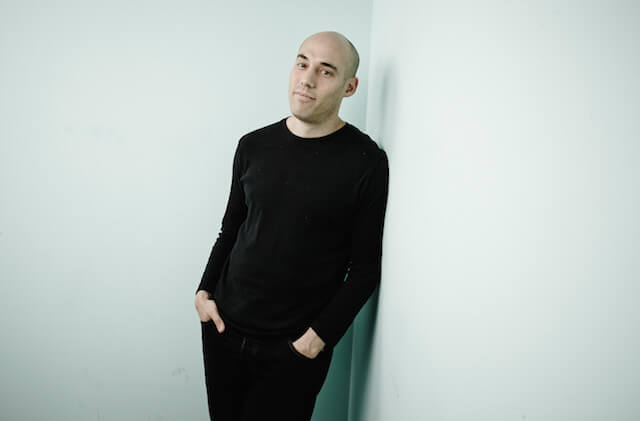
Getty Images
Follow Matt Prigge on Twitter @mattprigge





